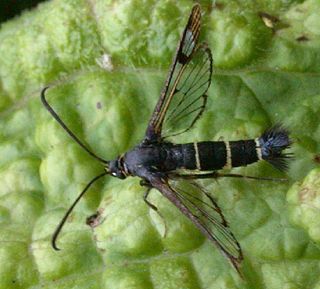
The Sesiidae or clearwing moths are a diurnal moth family in the order Lepidoptera known for their Batesian mimicry in both appearance and behaviour of various Hymenoptera.
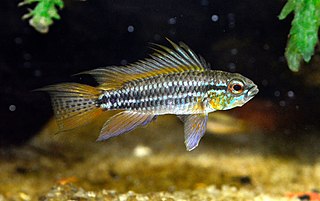
Apistogramma is a large genus of freshwater fish in the family Cichlidae native to South America, but also commonly kept in aquariums. They are dwarf cichlids that mostly feed on tiny animals and have breeding behaviors that vary depending on the exact species.
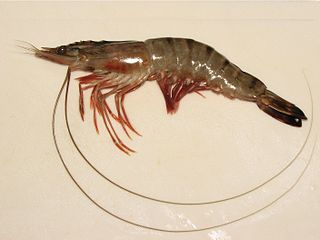
Penaeus is a genus of prawns, including the giant tiger prawn, the most important species of farmed crustacean worldwide.
Callianassa is a genus of mud shrimps, in the family Callianassidae. Three of the species in this genus have been split off into a new genus, Pestarella, while others such as Callianassa filholi have been moved to Biffarius. The genus is named after the Nereid of the Greco-Roman mythology.

Sphaeromatidae is a family of isopods, often encountered on rocky shores and in shelf waters in temperate zones. The family includes almost 100 genera and 619 known marine species. Within these genera, there are groups that share distinctive morphologies; further research may reclassify these genus-groups as separate families.

Palaemon is a genus of caridean shrimp in the family Palaemonidae.

Dichomeris is a genus of moths in the family Gelechiidae erected by Jacob Hübner in 1818.
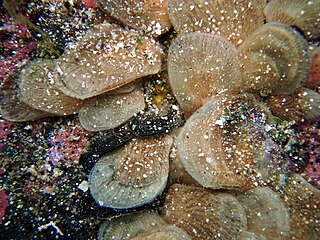
Isognomon is a genus of marine bivalve mollusks which is related to the pearl oysters.

Paralomis is a genus of king crabs. It includes the following 69 species:
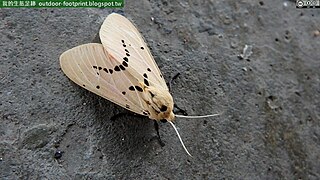
Spilarctia is a genus of moths in the family Erebidae. The genus was erected by Arthur Gardiner Butler in 1875.
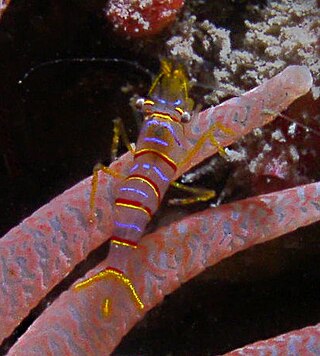
Lebbeus is a genus of shrimp in the family Thoridae. It includes a species whose name was auctioned in 2009 to raise funds for conservation; Luc Longley won with a bid of A$3,600. He named the shrimp Lebbeus clarehannah. The following species are included:

Macrobrachium is a genus of freshwater prawns or shrimps characterised by the extreme enlargement of the second pair of pereiopods, at least in the male.

Gnathia is a genus of isopod crustaceans, containing the following species:

The Bopyridae are a family of isopod crustaceans in the suborder Cymothoida. There are 1223 individual species contained in this family. Members of the family are ectoparasites of crabs and shrimp. They live in the gill cavities or under the carapace where they cause a noticeable swelling. Fossil crustaceans have occasionally been observed to have a similar characteristic bulge.
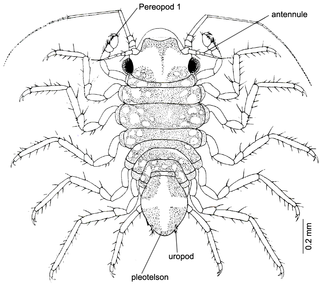
Uromunna sheltoni is a species of isopod first described by Brian Kensley in 1977. U. sheltoni is included in the genus Uromunna and family Munnidae. No subspecies are listed. The species was first collected by Peter Shelton of the University of Cape Town, for whom it is named.

Cirolana is a genus of isopod crustaceans.
Pleurocope is a genus of crustaceans belonging to the monotypic family Pleurocopidae.

Leptanthura is a genus of isopod crustaceans in the family Leptanthuridae. It was first described in 1897 by Georg Ossian Sars and the type species is Paranthura tenuis. It is found in coastal waters throughout the world, and contains the following species:
Pseudopalaemon bouvieri is a species of shrimp of the family Palaemonidae. The broad-snouted caiman frequently preys upon Pseudopalaemon bouvieri. Pseudopalaemon bouvieri is omnivorous.















